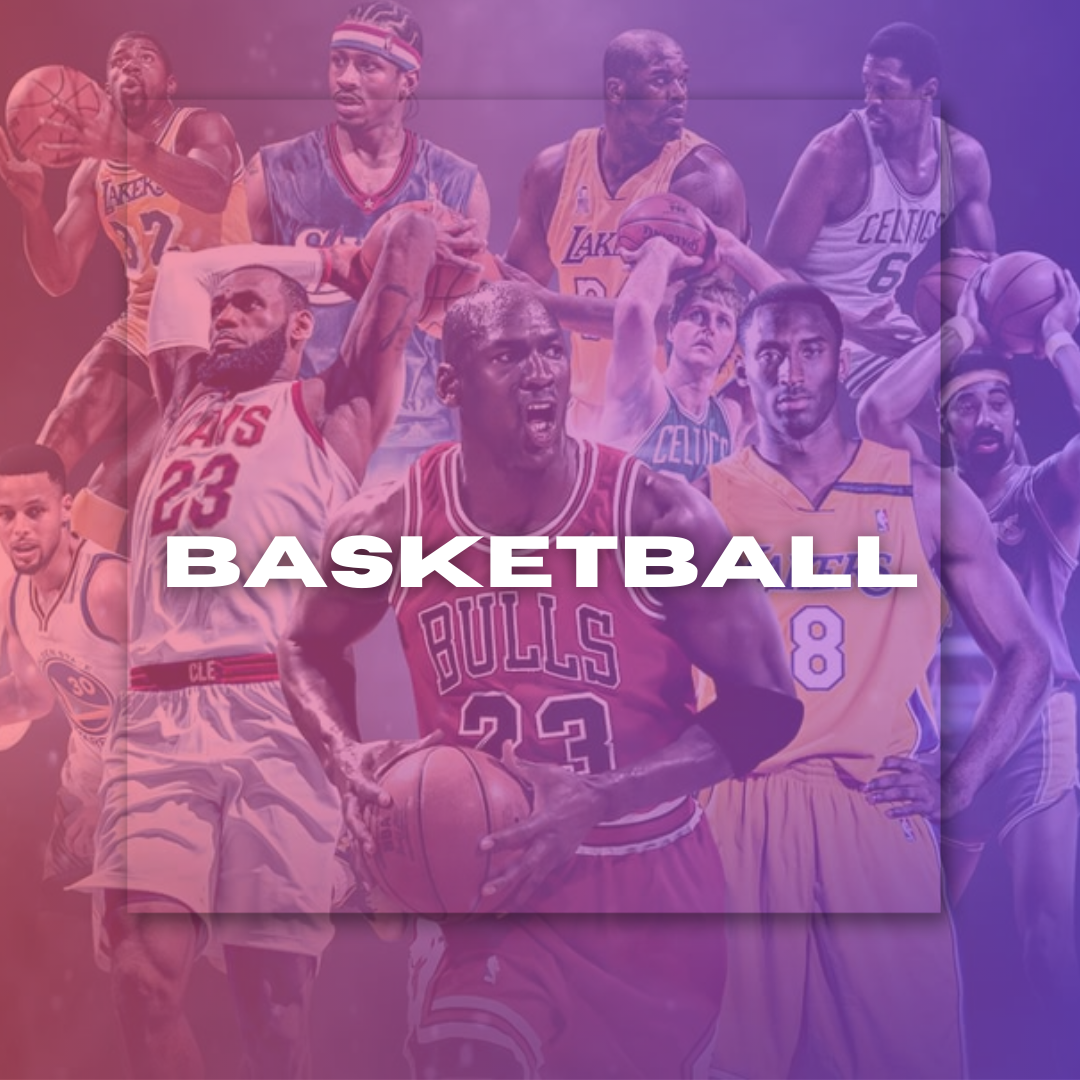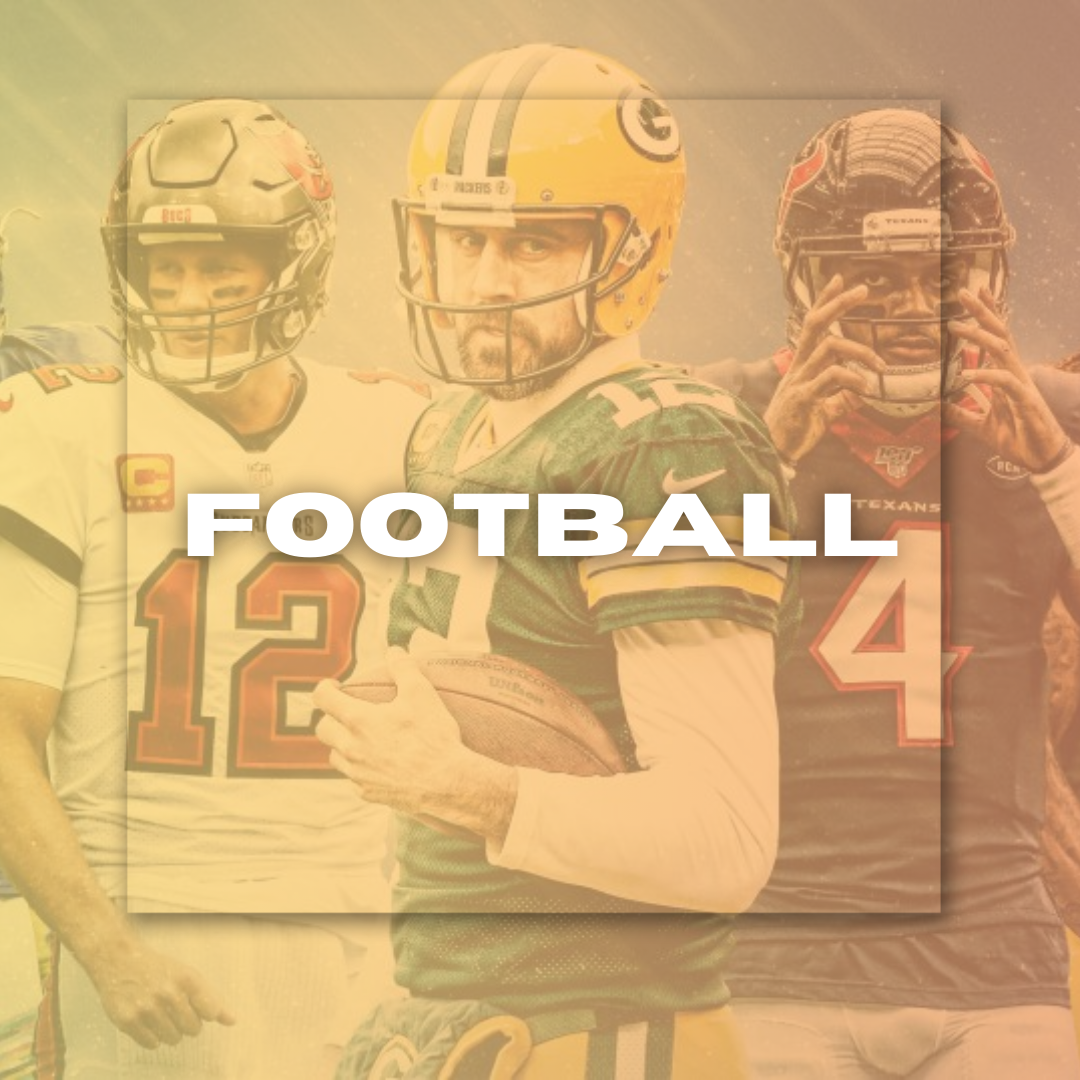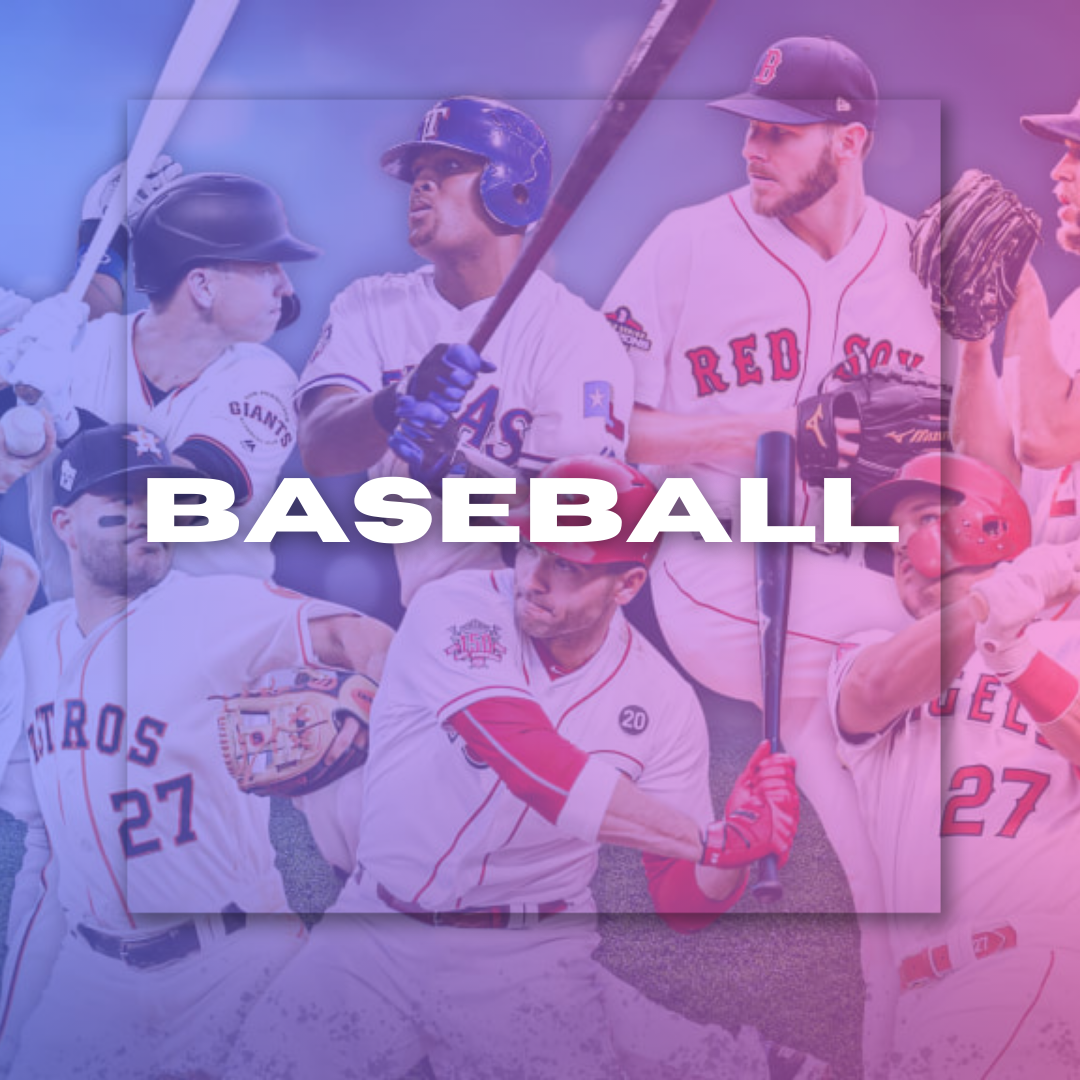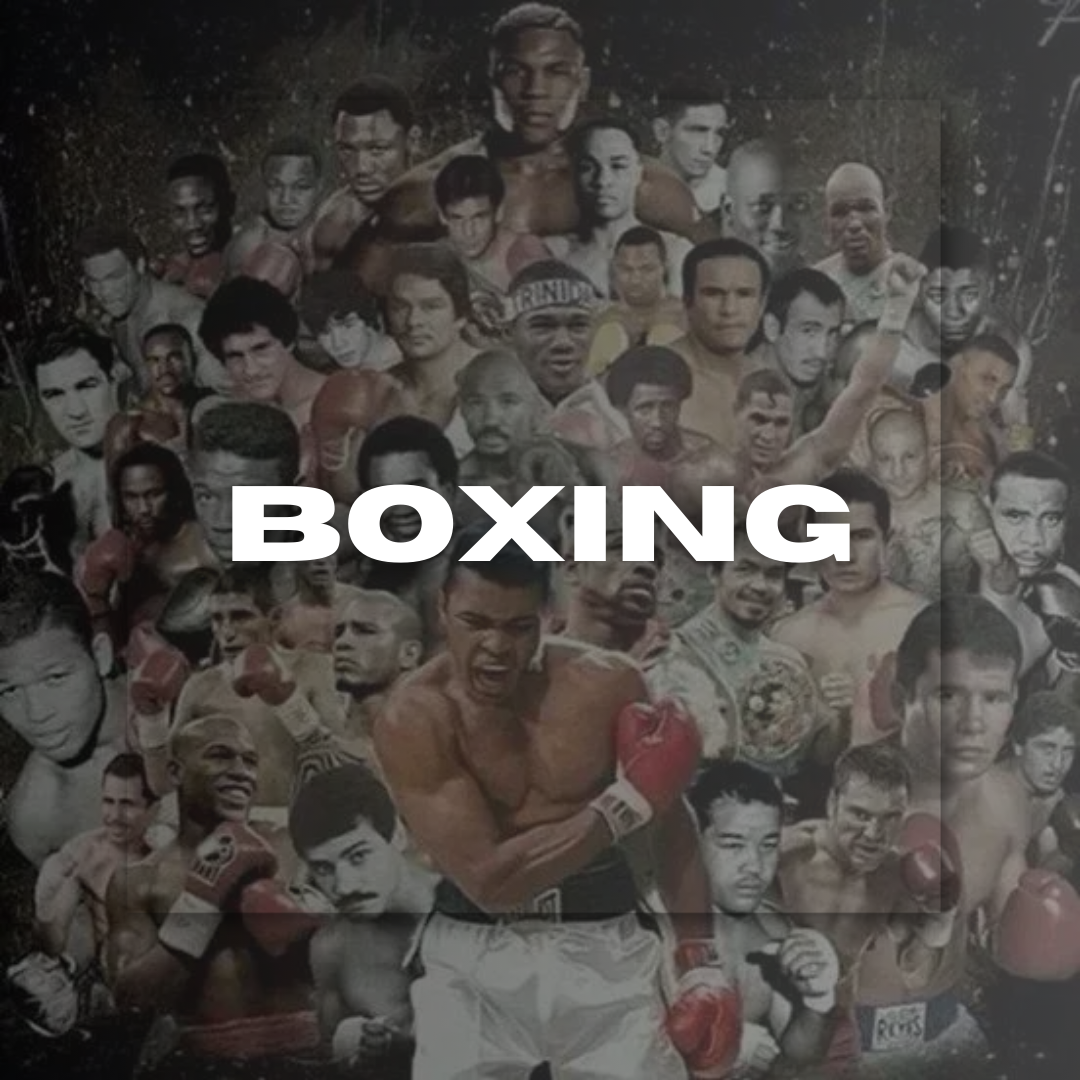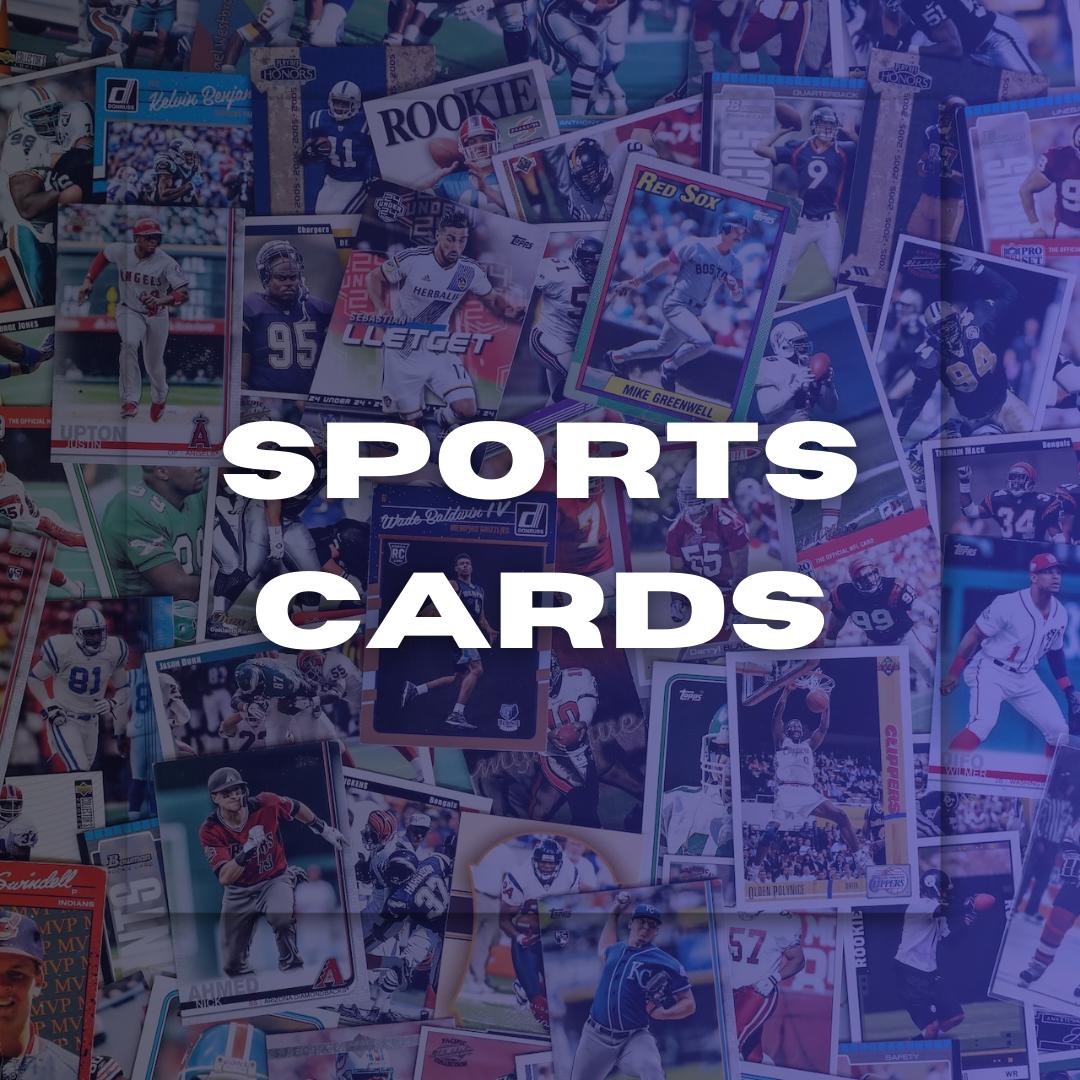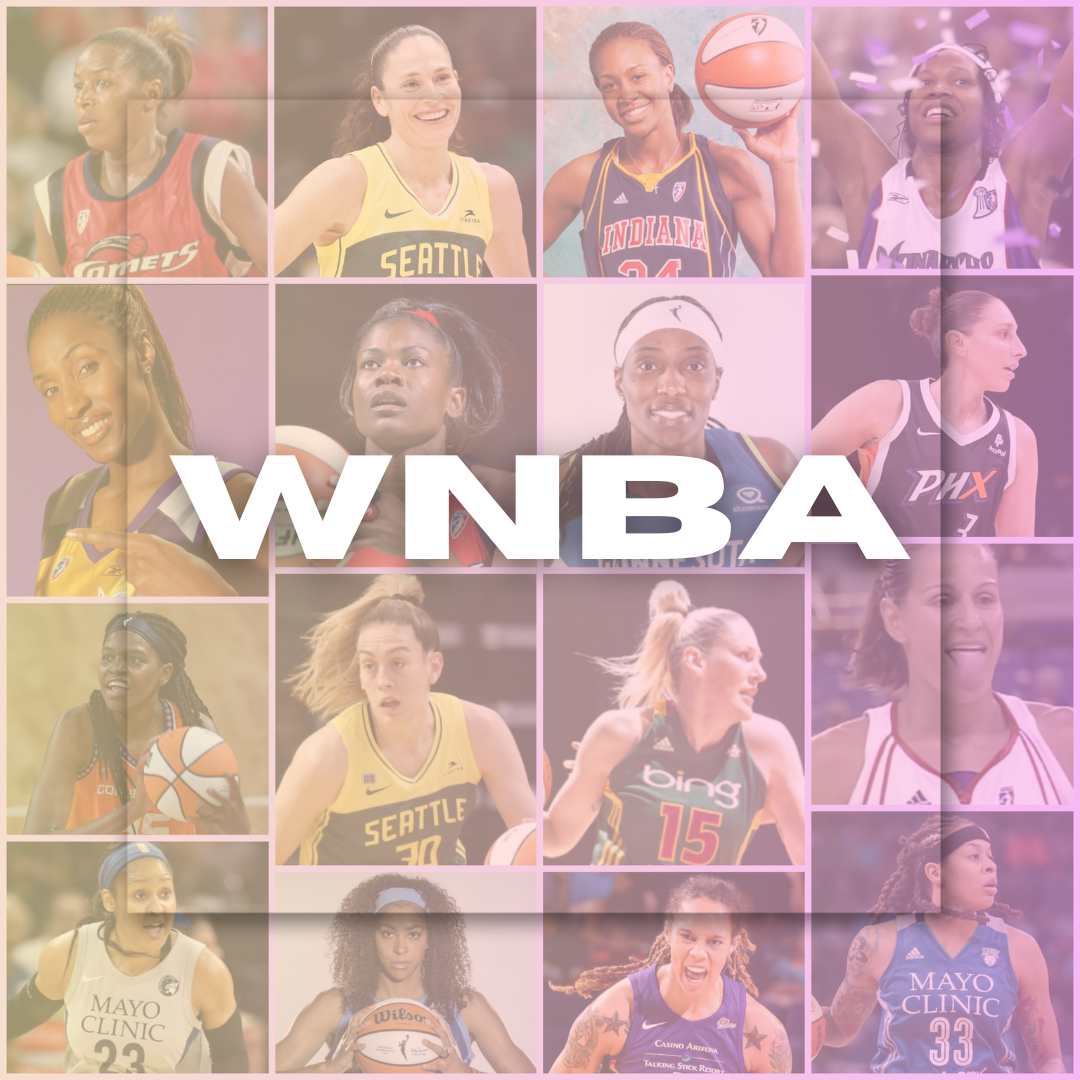
How to know is a Baseball Card is Fake?
How to know is a Baseball Card is Fake?
By Eliud Alano December 04, 2023 07:31
The World of Baseball Card Collecting
Baseball card collecting has been a beloved hobby for decades, captivating enthusiasts with the thrill of owning a piece of sports history. However, with the rise of counterfeit cards in the market, it has become crucial for collectors to be able to distinguish between genuine and fake cards. In this article, we will explore the telltale signs that can help you determine if a baseball card is fake or authentic.
Understanding the Importance of Authenticity
-
The Value of Authenticity Authentic baseball cards hold immense value not just for collectors, but also for investors. Genuine cards are often associated with legendary players or iconic moments in the sport, making them highly sought after. Ensuring the authenticity of a card is vital to guarantee its worth and protect your investment.
-
The Prevalence of Counterfeit Cards Unfortunately, the market is flooded with counterfeit baseball cards, making it increasingly difficult to identify fakes. Counterfeiters have become adept at mimicking the appearance and characteristics of genuine cards, making it imperative for collectors to be vigilant.
Key Indicators of Authenticity
-
Card Design and Quality Genuine baseball cards are manufactured using high-quality materials and exhibit superior craftsmanship. Pay close attention to the card's design, color, and texture. Any irregularities or inconsistencies may indicate a fake.
-
Printing Techniques Authentic cards undergo a specific printing process that involves precise registration and vibrant colors. Counterfeit cards often lack the same level of detail and may appear blurry or pixelated.
-
Card Stock Genuine cards are typically printed on sturdy card stock, which has a distinct feel and weight. Counterfeit cards may feel flimsy or have a glossy finish, indicating a lack of authenticity.
-
Player Information Thoroughly examine the player's name, team logo, and statistics on the card. Genuine cards display accurate information, while counterfeit cards may have misspelled names, incorrect team logos, or inaccurate statistics.
-
Card Back The back of a genuine baseball card contains specific details about the player and the card's manufacturer. Counterfeit cards often lack this information or have inconsistencies in the content.
Additional Factors to Consider
-
Price Discrepancies If a card is being sold significantly below its market value, it should raise suspicion. Counterfeiters often sell fake cards at lower prices to attract unsuspecting buyers.
-
Certifications and Grading Professional grading services, such as PSA (Professional Sports Authenticator) or Beckett, can authenticate and grade baseball cards. Look for these certifications when purchasing valuable cards to ensure their authenticity.
-
Expert Opinions and Research Seek advice from reputable collectors, attend sports card conventions, or consult online forums and communities dedicated to baseball card collecting. Shared knowledge and expertise can provide valuable insights into identifying fake cards.
Preserving the Integrity of Baseball Card Collecting
As the popularity of baseball card collecting continues to grow, the threat of counterfeit cards looms larger. By familiarizing yourself with the key indicators of authenticity and staying informed about the latest counterfeiting techniques, you can protect your collection and make informed purchasing decisions. Remember, the joy of owning genuine baseball cards lies not just in their monetary value, but also in the stories and memories they represent.























































